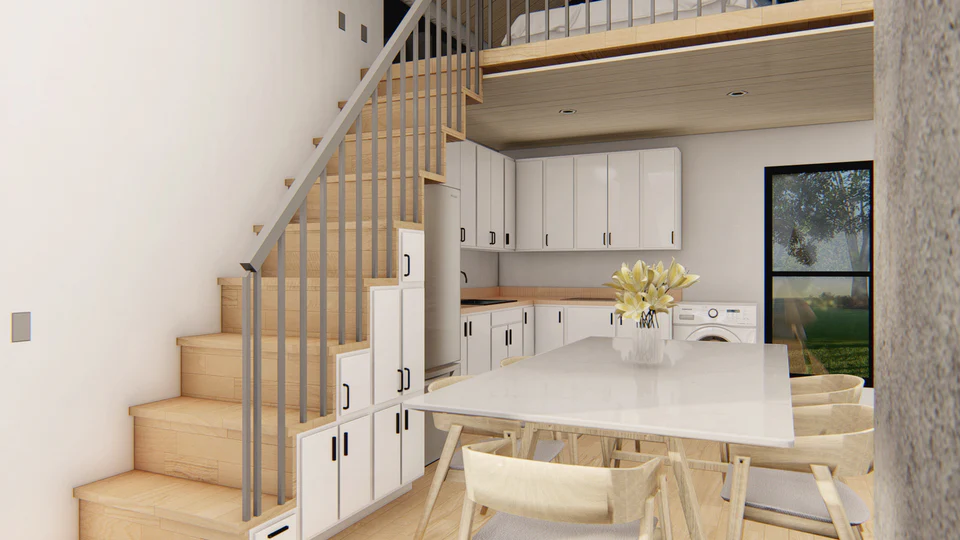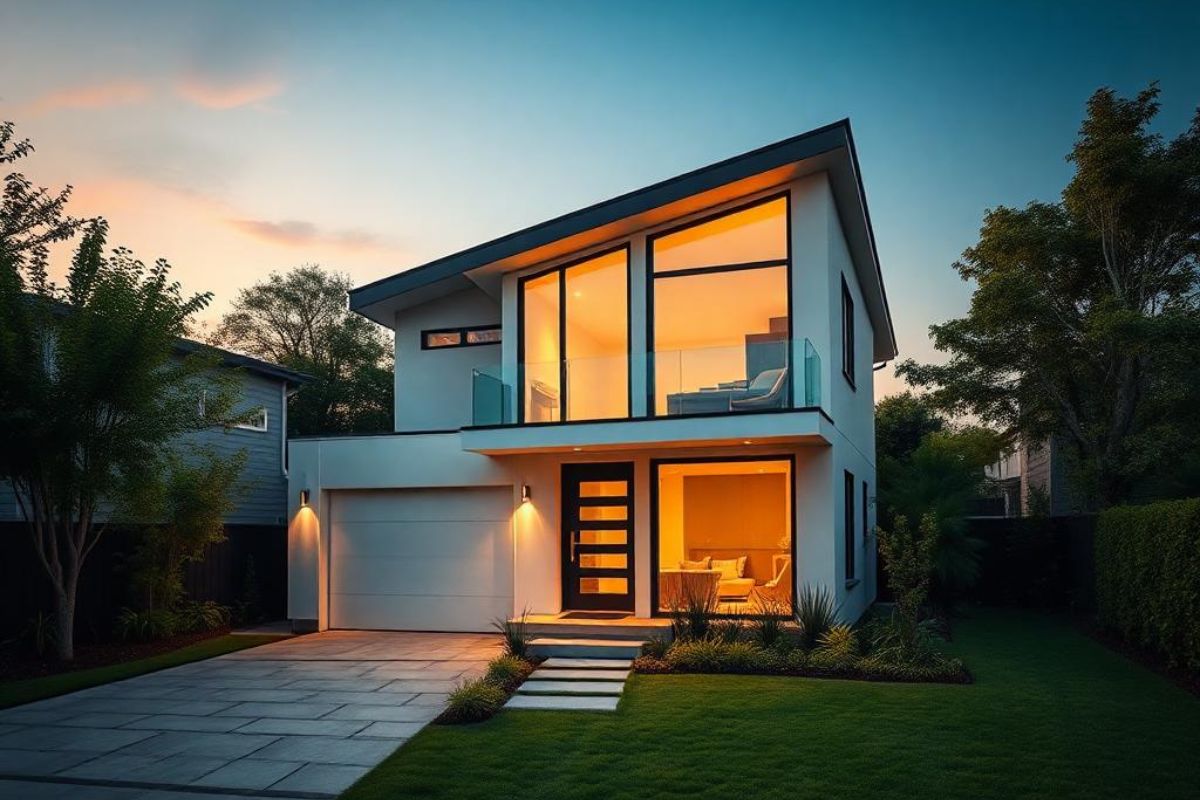Practical Ideas to Organize a Kids' Room and Keep It Tidy

Image Source: Canva
When it involves organizing a kids' room, I've found that combining fun with effective strategies works wonders. Start by decluttering and categorizing items, and involve your children to teach them valuable skills. Vertical space can be your best friend—shelves and wall-mounted hooks keep the floor clear. Smart storage solutions like multifunctional furniture and clear bins make items accessible. Labeling everything simplifies identification, and establishing daily routines turns cleanup into a regular, enjoyable habit. But how can you make these changes without overwhelming your little ones? Let's explore this further.
- Use vertical space with shelves, hooks, and pegboards to keep items off the floor.
- Incorporate multifunctional furniture like beds with built-in drawers for extra storage.
- Label storage areas clearly with words or pictures for easy identification and cleanup.
- Implement daily routines and checklists to maintain order and prevent clutter.
- Sort and declutter regularly, involving children to teach organization skills.
.png)
Declutter and Sort
One of the first steps in organizing a kids' room is to declutter and sort through their belongings. I start by gathering everything in one spot. It helps to see the full scope of what we're dealing with. Then, I sort items into categories: toys, clothes, books, and miscellaneous.
Next, I ask myself if each item is truly needed or loved. If not, it goes into a donate or discard pile. I involve my kids in this process, teaching them the value of letting go of things they no longer use. It's a great way to instill organizational habits early on.
After deciding what stays, I group similar items together. For example, all dolls in one bin, action figures in another. This makes it easier to find things later and teaches kids to return items to their designated spots.
Utilize Vertical Space
In relation to organizing a kids' room, maximizing vertical space can be a game-changer. Think about all that unused wall space just waiting to be transformed! By installing shelves, you can raise toys, books, and art supplies off the floor, creating more room for play. I've found that floating shelves work wonders; they're easy to install and look great.
Another idea is to use hanging organizers. These can be attached to the back of doors or walls and are perfect for small items like craft supplies or tiny toys. They're a simple way to keep things accessible but out of the way.
Don't forget about the potential of wall-mounted hooks and pegboards. Hooks are fantastic for hanging up dress-up clothes, bags, or even hats. Pegboards can be customized with various attachments to hold anything from toy cars to art supplies.
Lastly, consider adding a tall bookshelf or a vertical storage unit. It not only accommodates a lot of stuff but also encourages kids to learn about organizing their items. By taking advantage of vertical space, you'll keep the floor clean and create a more spacious and functional room for your kids.
Smart Storage Solutions
Regarding organizing a kids' room, smart storage solutions are your best friend. I've found that the key is to use multifunctional furniture. Think about beds with built-in drawers or bookshelves that double as toy storage. These pieces save space and keep things tidy.
Under-bed storage is a game-changer. You can store out-of-season clothes, extra bedding, or even toys in rolling bins that slide right under the bed. Another great idea is using clear plastic bins for toys and art supplies. They make it easy to see what's inside, and they're stackable, so you can maximize vertical space.
.png)
Wall-mounted shelves are also fantastic. They keep items off the floor and within reach. You can even add hooks underneath for hanging backpacks or jackets. Don't forget about over-the-door organizers; they can hold shoes, small toys, or art supplies.
Cube storage units with baskets or bins are incredibly versatile. Each bin can hold different types of toys, making cleanup a breeze. Finally, consider a toy chest with a lid. It provides a quick way to hide clutter and gives your child a surface to sit or play on.
Label Everything
Now that we've explored smart storage solutions, let's talk about labels. Labeling everything in your child's room can be a game-changer. It simplifies the process of finding and returning items, making the room easier to maintain.
First, grab a label maker or use printable labels. They're a small investment but offer big returns in organization. Label each storage bin, drawer, and shelf with its contents. For younger kids, use picture labels alongside text. This visual aid helps them recognize where things belong, promoting independence.
Next, make certain the labels are clear and consistent. Use bold, easy-to-read fonts. If you prefer handwritten labels, verify your handwriting is legible. Laminating labels can also be practical, especially for high-use areas, as it keeps them from wearing out.
Place the labels where your child can easily see them. Eye-level is ideal. For drawers, labels on the front work best. For bins, attach them to the sides. This accessibility guarantees your child can follow the system without needing constant guidance.
Establish Daily Routines
Establishing daily routines is essential for maintaining an organized kids' room. I've found that when kids know what's expected of them each day, it becomes much easier to keep their space tidy. Start by setting specific times for tasks like making the bed, putting away toys, and organizing school supplies. Consistency is key here; routines should be simple enough to follow but structured enough to make a difference.
.png)
One thing that works well for me is creating a morning and evening checklist. In the morning, kids can make their beds and put dirty clothes in the hamper. In the evening, they can spend ten minutes tidying up toys and preparing their backpacks for the next day. These small, manageable tasks add up and prevent clutter from piling up.
To make it more engaging, turn it into a game or use a reward system. For example, a sticker chart can motivate younger kids to complete their chores. By establishing these routines, you're not only organizing their room but also teaching valuable life skills. Trust me, it's a win-win situation that brings order and peace to the chaos of a kids' room.
Conclusion
So, there you have it—some practical ideas to organize your kids' room and keep it tidy. By decluttering, using vertical space, incorporating smart storage solutions, labeling everything, and establishing daily routines, you'll create a space that's both functional and fun. Getting your kids involved in the process not only teaches them valuable skills but also makes cleanup a breeze. Now, let's turn that chaotic room into a haven of order and creativity!







.jpg)

